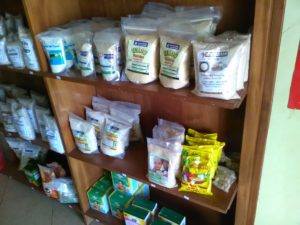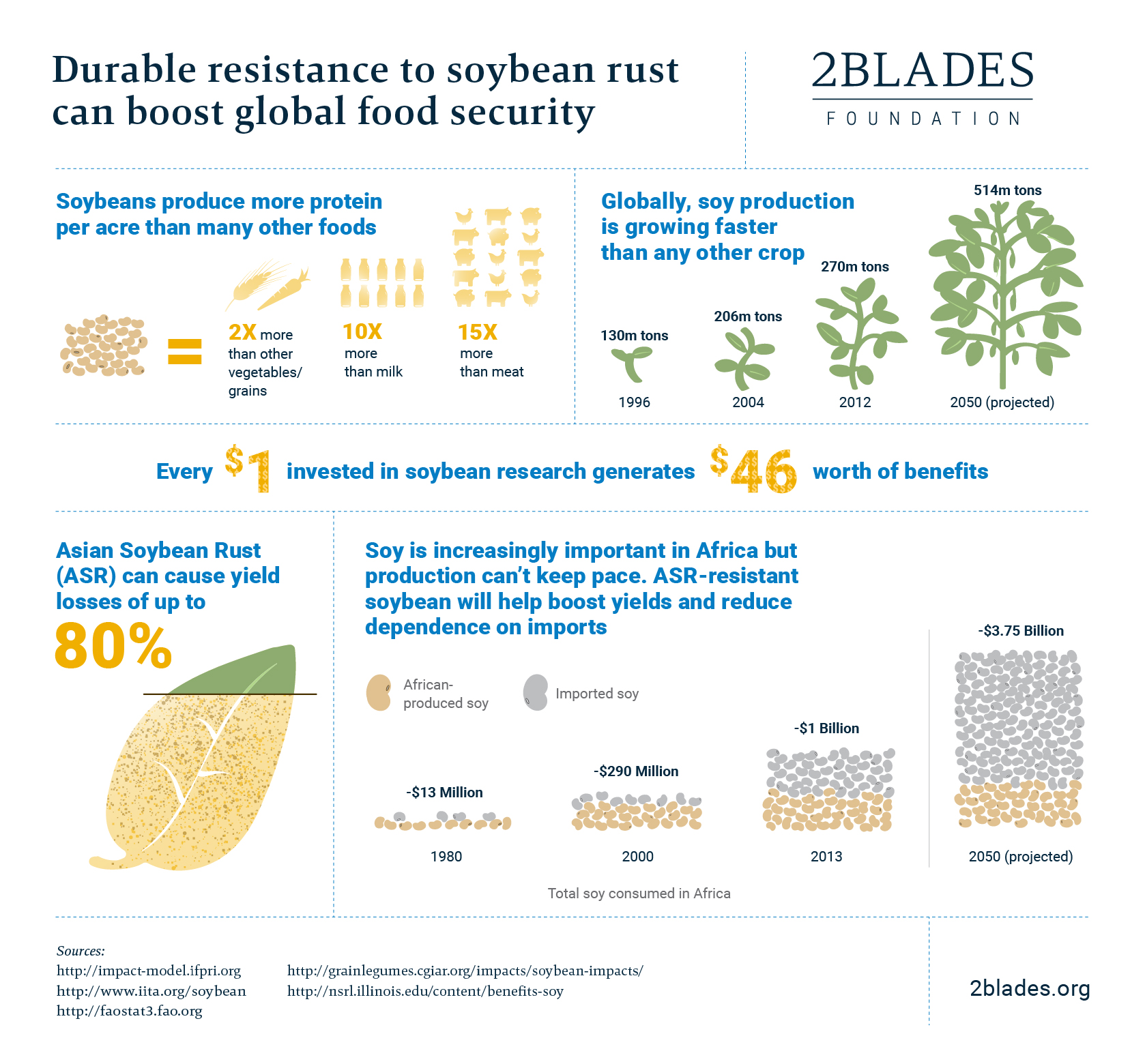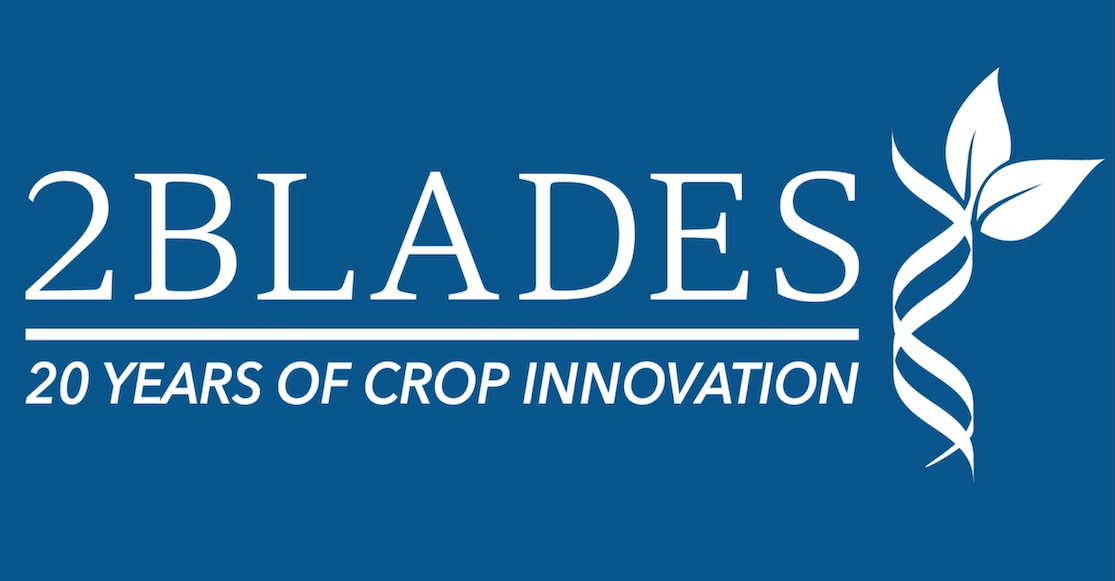The Challenge

In addition to uses for animal feed, soy products can be a low cost, high quality source of nutrition in sub Saharan Africa (D. van der Does)
A strong demand for soybean exists across Africa, primarily due to its high oil and protein content which is highly useful for animal and fish feed, as well as human consumption. Presently, with only 1% of global production in Africa, most of this demand is filled by costly imports, contributing to a projected food import bill of $90 billion by 2030.
Local production of soybean can reduce the cost of soy products, create significant economic returns for growers, and improve soil nitrogen for other crops. Yet as cultivation area increases, one disease threatens to undermine the sector – Asian Soybean Rust (ASR).
ASR was first observed in Africa in 1996 and has since spread throughout the continent’s soybean cultivation areas. Losses, particularly in the hardest hit areas, can reach 80%. The disease can spread easily over large distances and can destroy a field in less than 3 weeks.
In South America, where ASR is also widespread and severely limits soybean production, fungicide applications have helped to control the disease, though at high cost and increasingly with poorer efficacy. A similar approach is unlikely to be an accessible or affordable solution for smallholder farmers.

The Strategy

Asian soybean rust symptoms from an infested field in Ethiopia (D. van der Does)
Using our expertise in ASR research from the past 15 years, we are working to help deliver benefits for small holder farmers with an initial focus on Kenya. Our aims are to use our high-capacity resistance gene discovery platforms, such as NLRseekTM, together with resistance genes already in hand, and to characterize ASR populations from across the continent to build a set of effective resistances in high yielding soy varieties for African farmers.
Success with this approach can only be achieved through strong relationships with regional partners. We aim to build strong links and exchange skills to enhance outcomes and build capacity through knowledge sharing.
The Science
Phakopsora pachyrhizi is the causal agent of Asian Soybean Rust that causes yield reductions of up to 80% in soybean (Glycine max (L.) Merr.) production worldwide (Yorinori et al., 2005). The fungus is able to infect leaf tissue from numerous leguminous plants belonging to different genera (more than 153 species) under either field or laboratory conditions (Bonde, 2008; Ono, 1992; Goellner et al., 2010). Six major Resistance to Phakopsora pachyrhizi genes (Rpp genes) that confer resistance to the fungus have been described, but they have already been overcome by at least one isolate throughout the world (Miles et al., 2006; Yamaoka et al., 2002). Moreover, existing fungicides are losing efficacy, leaving crops vulnerable to infection.
This work will use knowledge gained from our commercial ASR program, which has led to the isolation of effective ASR resistance genes from soybean relatives. Combined with our NLRseekTM platform, we will develop a set of effective resistances to deploy in high-yielding, regionally-adapted soy.
In conjunction with the resources of our regional partners, we will combine information about the genetic diversity of ASR populations across east Africa with a phenotypic analysis of how different pathogen races perform against a panel of soybean varieties. We aim to identify the pathogen effectors contributing to virulence, as well as the R genes that recognize their activity. A better understanding of the pathogen race structure will enhance field monitoring, enable an early warning system, and provide an advantage to farmers and breeders to better adapt management strategies.
 2Blades
2Blades